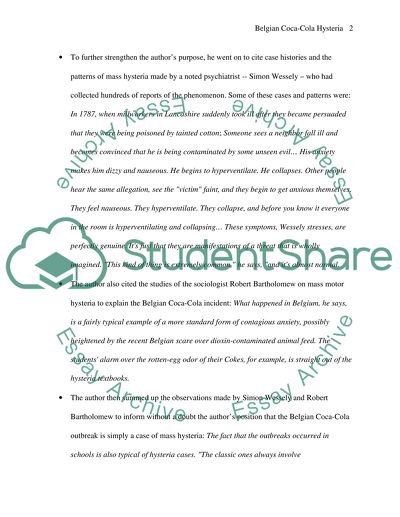Cite this document
(“Belgian Coca-Cola Hysteria Book Report/Review Example | Topics and Well Written Essays - 2000 words”, n.d.)
Retrieved from https://studentshare.org/miscellaneous/1526585-belgian-coca-cola-hysteria
Retrieved from https://studentshare.org/miscellaneous/1526585-belgian-coca-cola-hysteria
(Belgian Coca-Cola Hysteria Book Report/Review Example | Topics and Well Written Essays - 2000 Words)
https://studentshare.org/miscellaneous/1526585-belgian-coca-cola-hysteria.
https://studentshare.org/miscellaneous/1526585-belgian-coca-cola-hysteria.
“Belgian Coca-Cola Hysteria Book Report/Review Example | Topics and Well Written Essays - 2000 Words”, n.d. https://studentshare.org/miscellaneous/1526585-belgian-coca-cola-hysteria.


